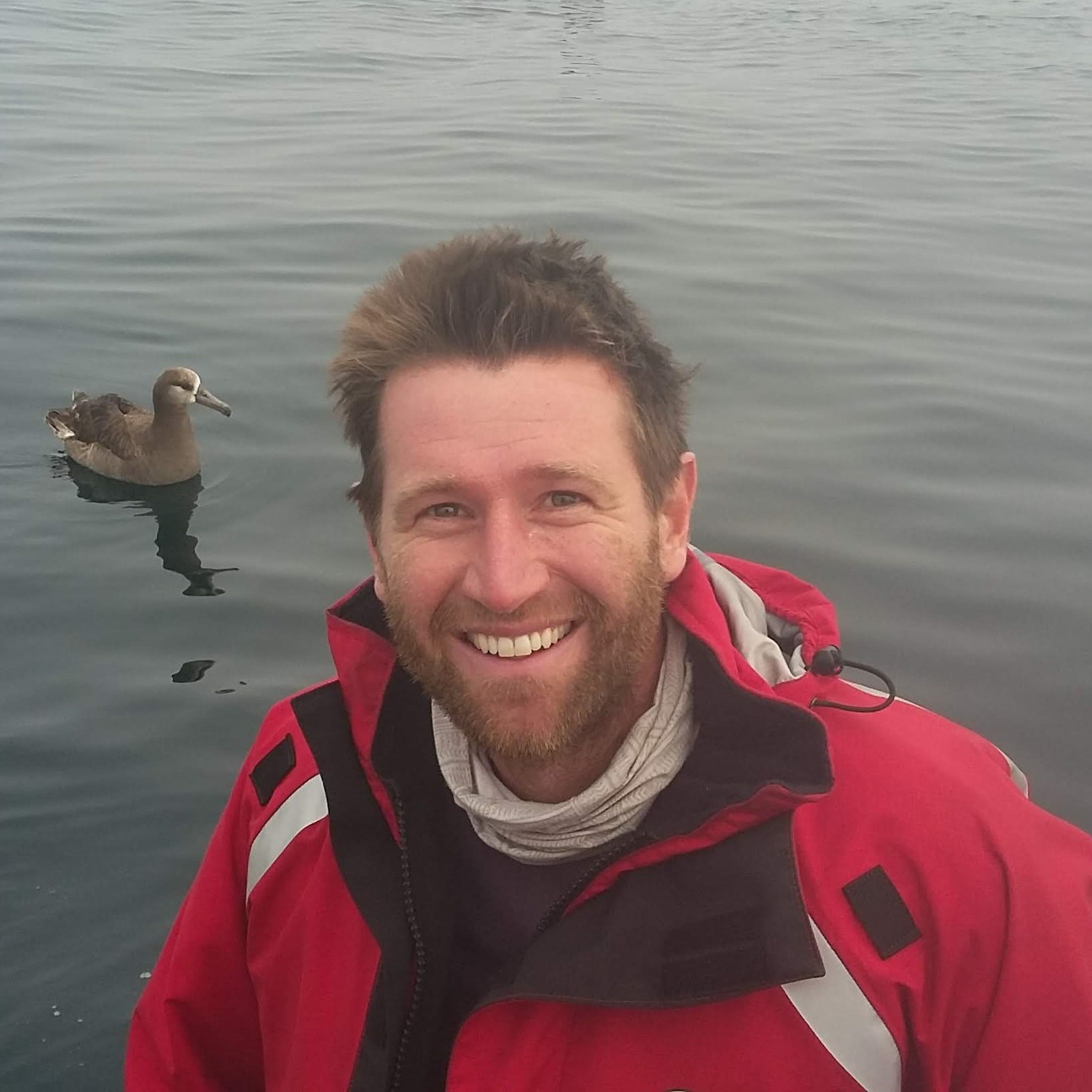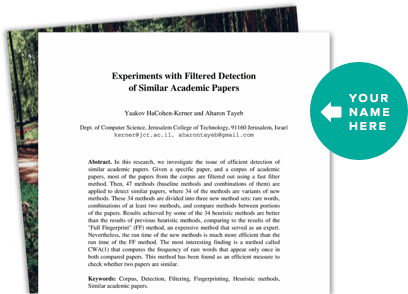About This Project
Baleen whales are large-bodied predators that, despite their critical role in marine ecosystems, our understanding of their physiological function remains limited. Few methods exist for studying whale health in the open ocean, but biologging tags remains a promising avenue for measuring animal physiology. This study examines the use of auscultation (i.e., a stethoscope) to non-invasively record physiological sounds, including heartbeats and respiratory patterns, from free-ranging baleen whales.
Ask the Scientists
Join The DiscussionWhat is the context of this research?
Baleen whales perform repeated breath-hold dives to capture small prey which are digested for energy to support their metabolic performance. Despite this extreme behavior, few methods exist for assessing the physiology that underpins the function of large whales. Existing suction cup-attached biologging tags provide detailed visual (e.g. camera) and behavioral (e.g., kinematic) data from whales, but inferring physiological function from this data is difficult and often impossible. Newer tags measure heart rate using standard ECGs, but these measurements can be disrupted by multiple sources of noise. Similarly, there are no standalone biologgers that aim to measure respiratory parameters that could reflect lung function. Auscultation presents an opportunity to monitor physiological sounds—such as heartbeats and respiratory patterns—in free-ranging whales, allowing researchers to gather important vital rate data non-invasively.
What is the significance of this project?
This project has the potential to revolutionize how we study marine mammal physiology in the wild. The use of auscultation to measure vital rates in marine mammals has been explored in a limited fashion but has been successful in measuring body sounds. By capturing sounds from their heart, lungs, and other systems, we will be able to gain reliable data on the function of a difficult-to-study taxon. This project also offers an important alternative to the limited methods that are used to assess health in free-ranging, large-bodied whales. Much of the research on cetacean health has focused on stranded individuals, individuals in human care, or data from short-term health assessments on small species. Stethoscope biologgers could represent an important novel approach for assessing health, thus highlighting an exciting frontier for the future of biologging in marine and terrestrial megafauna.
What are the goals of the project?
The overarching goal of this project is to develop a functional stethoscope tag embedded in a suction cup and successfully measure physiological sounds from a baleen whale. To execute this overall aim we will first integrate a hydrophone with battery and memory into a low-profile, waterproof, depth-rated package including depth and kinematic sensors (already in-house). We will iterate on tag attachment mechanism(s) (i.e., suction cup, adhesives) based on assessments of tag functionality, durability, and attachment in controlled salt water tanks & flume with subsurface sound sources. We will compare the stethoscope to a standard tag-based hydrophone. Then we will deploy the tested unit on at least five individual baleen whales in Monterey Bay, CA and assess the acoustic signals received compared to lab tests.
Budget
This proposal aims to explore the use of auscultation (i.e., using a stethoscope-like device) as a non-invasive technique for recording physiological sounds from free-ranging baleen whales. By developing specialized suction cups and adapting existing underwater microphones (i.e., hydrophones), we will be able to detect and analyze the sounds of whale heartbeats, respiratory patterns, and other bodily noises (e.g., digestive sounds) in their natural environment. Our design will combine the mini-hydrophone with a battery and memory in a waterproof housing in a suction cup for attachment. We will ultimately deploy developed and lab-tested biologgers on baleen whales in Monterey Bay during a directed field effect to assess our engineered design.
Endorsed by
 Project Timeline
Project Timeline
The project timeline will extended for a year from through Spring '26 with field work in fall and winter. An initial design will be tested with a hydrophone system & attachment mechanism. We will test the device in indoor tanks, a flume, and then ultimately in the field on whales in Monterey Bay. We will iterate on the tag design in winter before re-deploying the tag in a second field effort after which we will finalized our assessment of the technology.
Apr 24, 2025
Project Launched
May 01, 2025
Material procurement (Month 2)
Sep 01, 2025
Completion of initial tag development (Month 6) – Functional underwater auscultation biologger ready for deployment.
Nov 01, 2025
First round of field data collection (Month 8) – Data from initial field trials gathered and analyzed.
Jan 01, 2026
Iteration of tag design (Month 10) – Addressed issues identified based on first field deployment.
Meet the Team
Ashley Blawas
Dr. Ashley Blawas is a postdoctoral researcher at the Hopkins Marine Station of Stanford University. She completed her B.S.E. in Biomedical Engineering at Duke University and her Ph.D. in Marine Science at the Duke University Marine Laboratory. She works at the intersection of marine mammal science, engineering, and ecological physiology to investigate the physiological traits that underpin the extreme metabolic function of cetaceans. To date, her work has led to new insights that inform our understanding of basic physiological principles as well as translational medicine and conservation. At Stanford she studies the physiology of baleen whales off the California coast using biologging tags and has been developing the capacity for physio-logging by engineering novel designs for electrocardiogram (ECG) equipped tags. Her ongoing research also includes understanding the scaling of physiological rates in cetaceans and the molecular drivers of extreme cardiac function in diving baleen whales.
Jack Barkowski
Jack is a first-year PhD student in the Goldbogen lab in the Oceans Department at Stanford University. He earned his B.S. in Environmental Science from University of Massachusetts, Boston and his M.S. in Marine Science from Moss Landing Marine Laboratories/San Jose State University. His work has focused on the use of acoustic data to deepen our understanding of life history across a range of species, primarily focused on baleen whales. In his PhD research, he will use kinematic data to investigate baleen whale physiological tradeoffs that allow the biggest animals on the world to survive in the patchy ocean.
Lab Notes
Nothing posted yet.
Project Backers
- 1Backers
- 50%Funded
- $2,500Total Donations
- $2,500.00Average Donation

